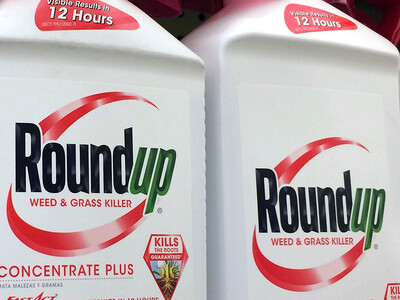Calmer Cattle
Some facts about stress:
Forty-three percent of all adults suffer adverse health effects from stress.
Seventy-five percent to 90% of all doctor's office visits are for stress-related ailments and complaints.
Stress can play a part in problems such as headaches, high blood pressure, heart problems, diabetes, skin conditions, asthma, arthritis, depression, and anxiety.
According to The Occupational Safety and Health Administration (OSHA) stress costs American industry more than $300 billion annually.
The lifetime prevalence of an emotional disorder is more than 50%, often due to chronic, untreated stress reactions.
Now that's for people. What about cattle? they are not immune to stress. For example, when moving cattle, the stress of transport is added onto other factors such as mixing with unfamiliar animals and novelty of the new environment. For example, cattle hauled an average of 620 miles had body weight losses of 3.5% while cattle hauled 56 miles had weight losses of 2.5% (4).
Moral of the story, stressed cattle can hit you in the wallet.
Here's Darrell Busby, manager of the Tri-County Steer Carcass Futurity Cooperative in Iowa. Their principal objective is to provide information to beef producers they can use in managing and marketing their product. "Calmer cattle are faster gaining cattle and they are higher quality grade cattle and they are more profitable. They make about $56 more per head in the feedlot then the wild cattle do." Home home on the range, sung softly might work.













